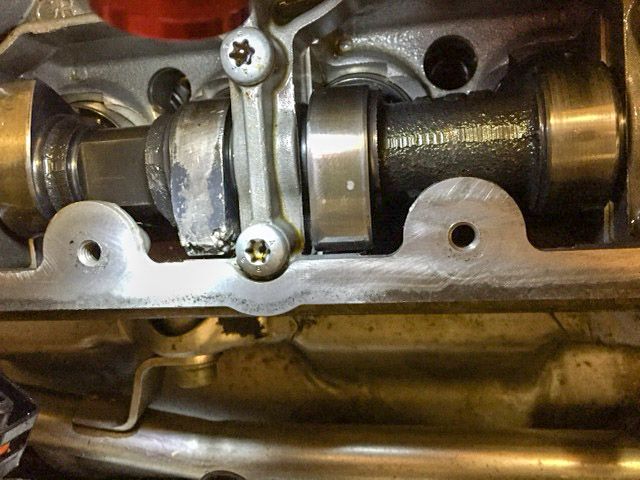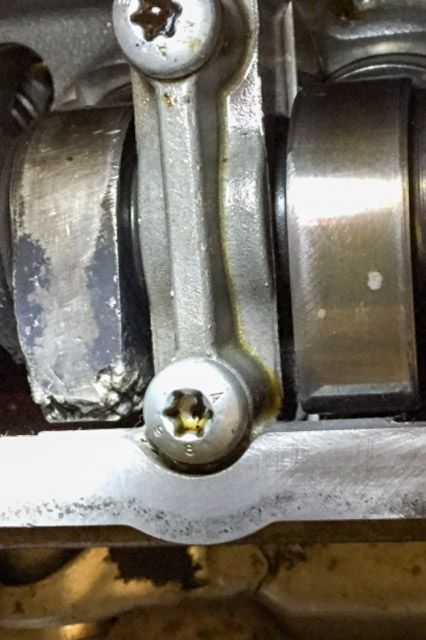Holy [censored]. Did that make any noise?
As far as replacing the cam yourself, read over the procedure a few times before making that decision. I replaced the cylinder head on a Jeep 4.0 without having done it before, and it went fine. The Jeep 4.0 is a big lawn mower engine in comparison to that Audi, but it is still just nuts and bolts.
Organize and label all nuts and bolts you remove from the engine, keep your work space as clean as possible, and take your time. Follow the book carefully and you should be fine. Take pics with a camera along the way to help you put it back together.
As far as replacing the cam yourself, read over the procedure a few times before making that decision. I replaced the cylinder head on a Jeep 4.0 without having done it before, and it went fine. The Jeep 4.0 is a big lawn mower engine in comparison to that Audi, but it is still just nuts and bolts.
Organize and label all nuts and bolts you remove from the engine, keep your work space as clean as possible, and take your time. Follow the book carefully and you should be fine. Take pics with a camera along the way to help you put it back together.




